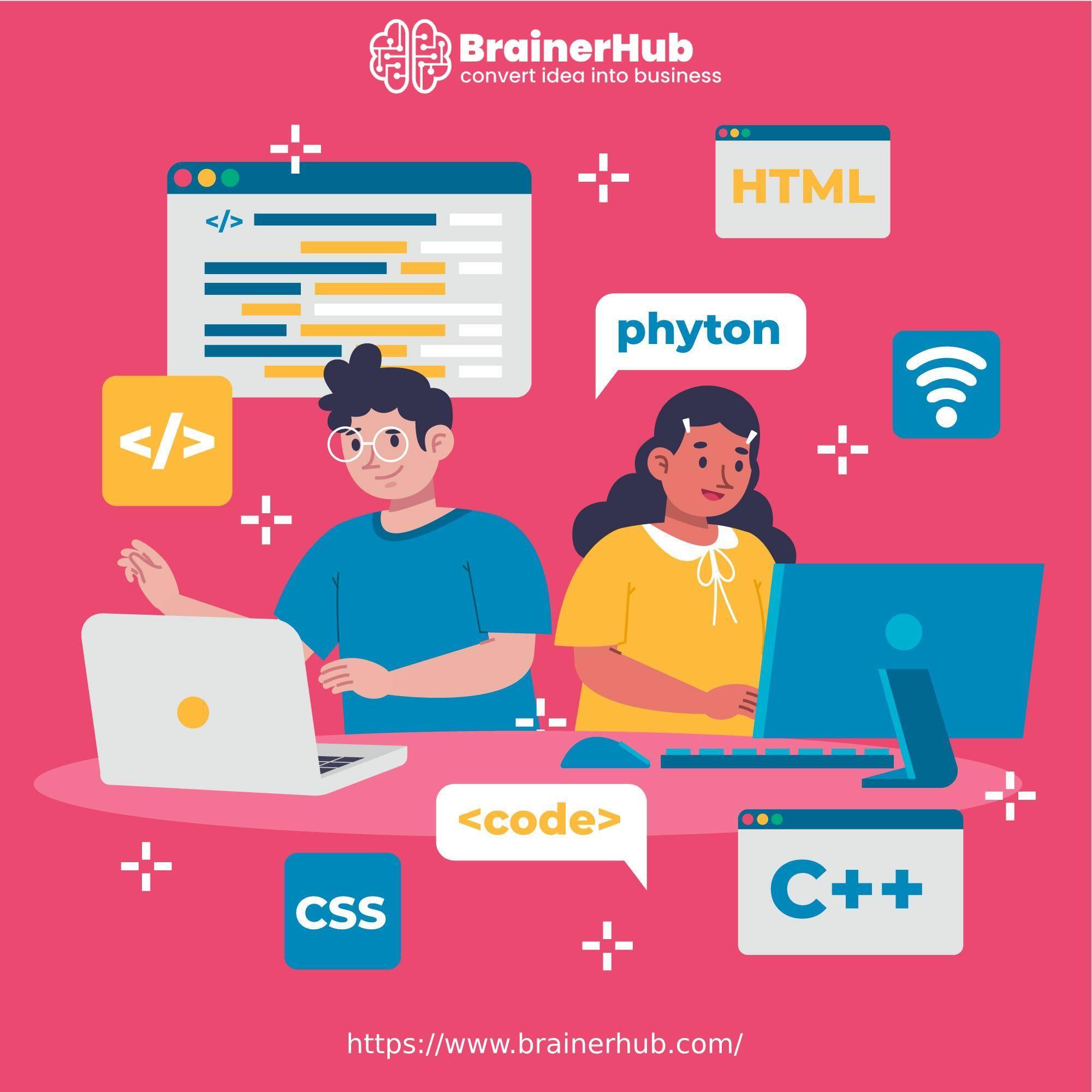Introduction
Are you intrigued by the world of programming and want to embark on a journey as a Python developer? Python, known for its simplicity and versatility, is a popular programming language that powers a myriad of applications, from web development to data science and artificial intelligence.
In this comprehensive guide, we’ll walk you through the steps to become a proficient Python developer, regardless of your current level of expertise.
A Python developer is a professional who specialises in using the Python programming language to design, build, and maintain software applications. Python is a versatile and widely-used programming language known for its readability, simplicity, and extensive libraries, making it suitable for various domains such as web development, data science, machine learning, artificial intelligence, automation, and more.
1. Understand the Basics
Before diving into Python development, grasp the fundamentals of programming. Online platforms like Codecademy, Khan Academy, or Python’s official documentation can be valuable resources.
2. Learn Python Fundamentals
Begin your Python journey by mastering the basics. Explore variables, data structures (lists, tuples, dictionaries), functions, and control flow. Platforms like SoloLearn, edX, or Coursera offer interactive courses and projects to enhance your understanding.
3. Choose the Right Learning Path
Identify your area of interest within Python Development Services. Whether it’s web development, data science, machine learning, or automation, Python has diverse applications.
4. Web Development with Python
Explore web development frameworks like Django or Flask. Django is a robust framework for building scalable web applications, while Flask is lightweight and perfect for smaller projects. Create your first web application and understand the MVC (Model-View-Controller) architecture.
5. Data Science and Machine Learning
If data science and machine learning captivate you, delve into libraries like NumPy, Pandas, and scikit-learn. Understand data manipulation, visualization, and machine learning algorithms. Platforms like Kaggle provide real-world datasets for hands-on experience.
6. Version Control with Git
Learn version control using Git, a crucial skill for collaboration and project management. Platforms like GitHub offer a collaborative environment for sharing and contributing to open-source projects.
7. Build a Portfolio
Create a portfolio showcasing your projects. This not only serves as a testament to your skills but also helps in job applications. Include a variety of projects that highlight different aspects of Python development.
8. Engage with the Community
Join the Python community through forums like Stack Overflow, Reddit, or local Python meetups. Networking with experienced developers and seeking advice can accelerate your learning journey.
9. Contribute to Open Source
Contribute to open-source projects on platforms like GitHub. It’s a great way to apply your skills, collaborate with experienced developers, and build a strong presence in the Python community.
10. Stay Updated
Python is an evolving language with regular updates. Stay abreast of new features, libraries, and best practices. Follow influential Python developers, subscribe to newsletters, and attend conferences to stay informed.
Key Responsibilities of a Python Developer
Coding and Development
Write efficient, maintainable, and scalable code in Python.
Develop software applications, modules, and features.
Web Development
Build Web Application Development using frameworks like Django, Flask, or Pyramid.
Design and implement server-side logic and APIs.
Data Science and Analysis
Use Python libraries such as NumPy, Pandas, and Matplotlib for data manipulation and analysis.
Implement machine learning algorithms for predictive modeling.
Automation
Use Python for system administration and configuration management.
Testing and Debugging
Write unit tests to ensure code reliability.
Documentation:
Provide clear and comprehensive documentation for other developers and stakeholders.
Security Implementation:
Implement security best practices to protect applications from vulnerabilities.
Stay informed about security updates and patches.
Continuous Learning:
Stay updated on industry trends, Python language updates, and new libraries.
Participate in conferences, webinars, and online communities to enhance skills.Attention to code readability, maintainability,
Attention to code readability, maintainability,
Conclusion
Becoming a Python developer is a rewarding journey filled with learning and growth. By mastering the fundamentals, choosing a specialized path, and actively engaging with the community, you can unlock endless possibilities in the world of Python development. Start coding, exploring, and building – your Python adventure awaits!
Author Bio
Bhoomika Kukadiya
Digital marketing Specialist at BrainerHub Solutions, forging the future of the digital landscape. A technologically adept visionary on a mission for online ingenuity. Leading brands to transform clicks into victories. Your reliable partner in the ever-evolving realm of search engine expertise and imaginative strategies.



